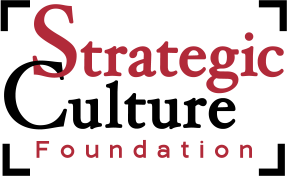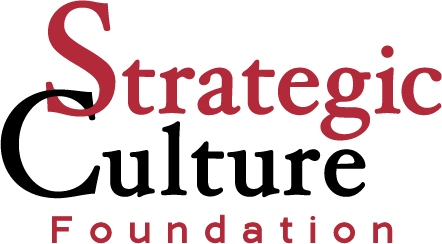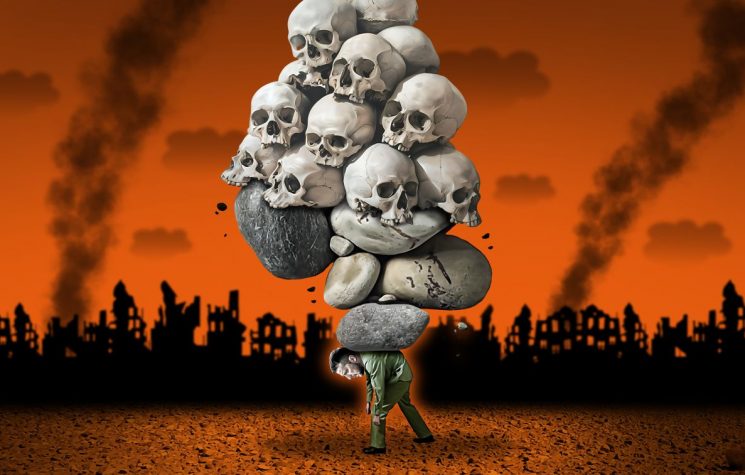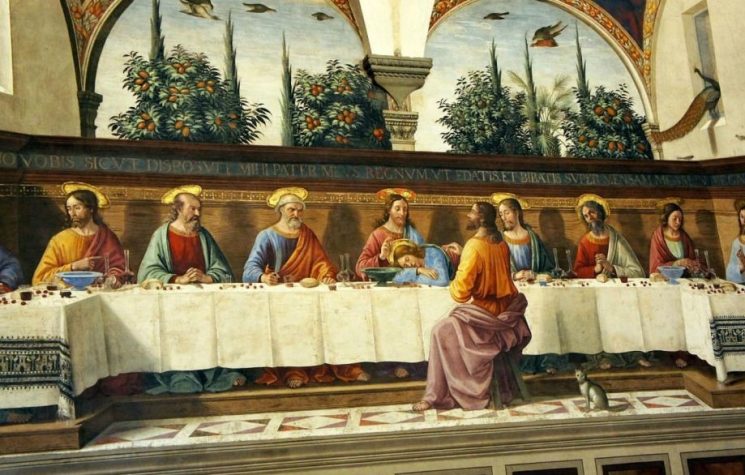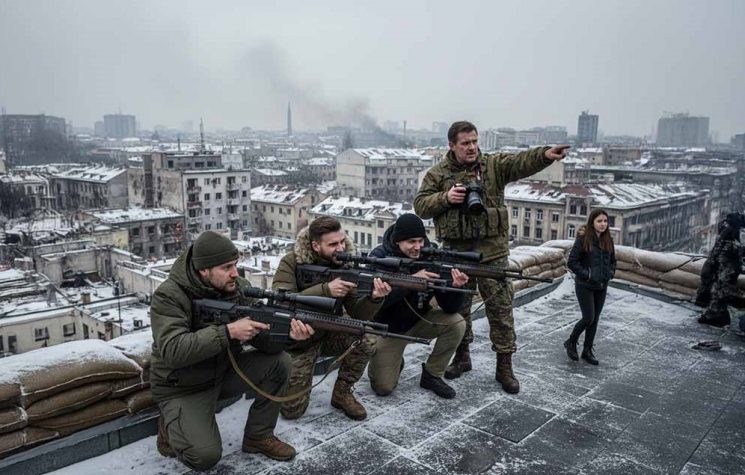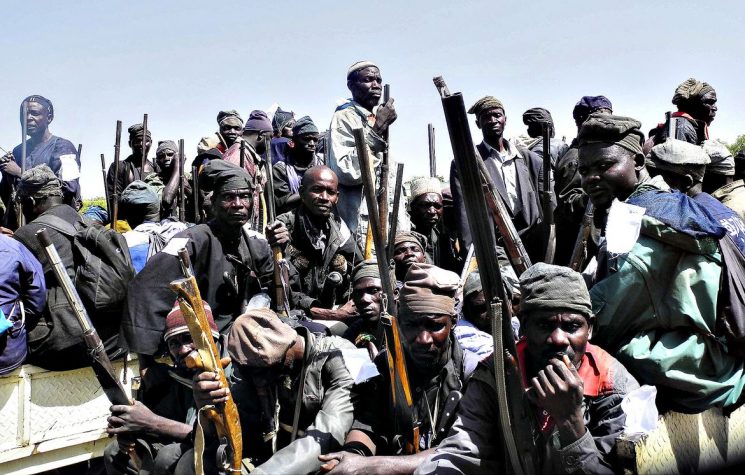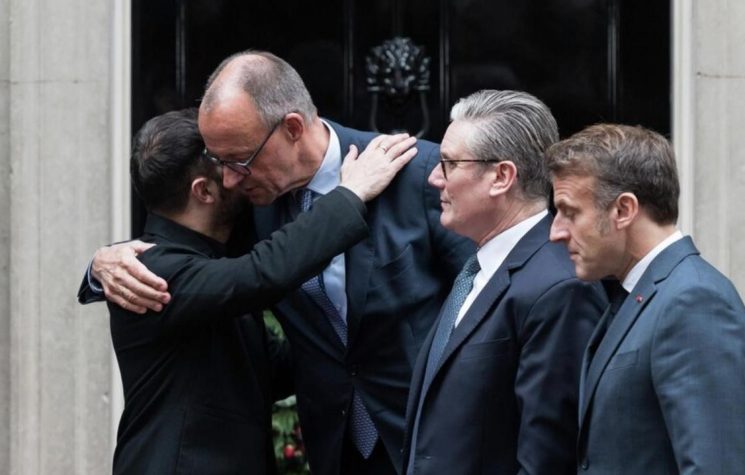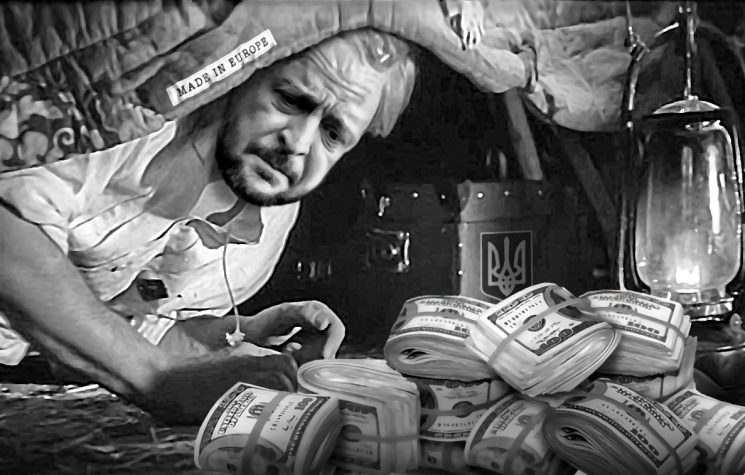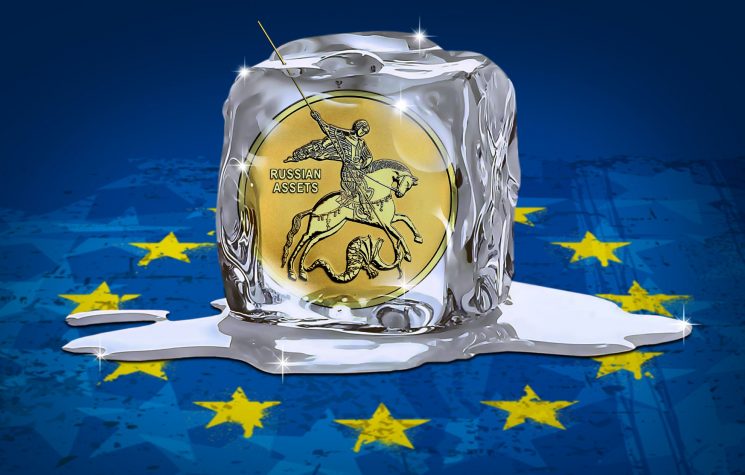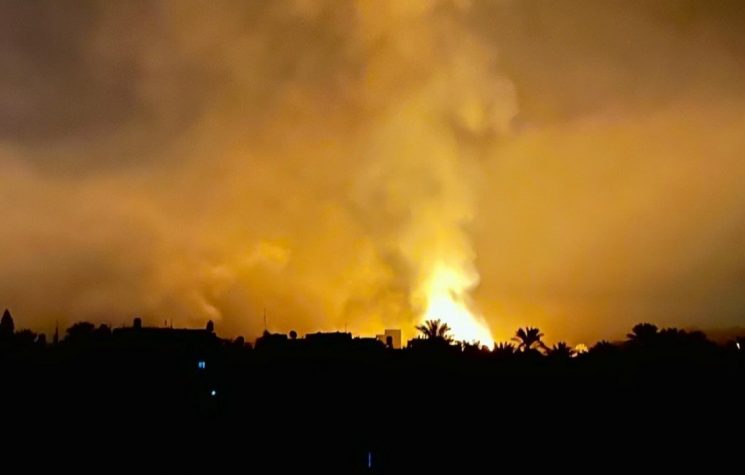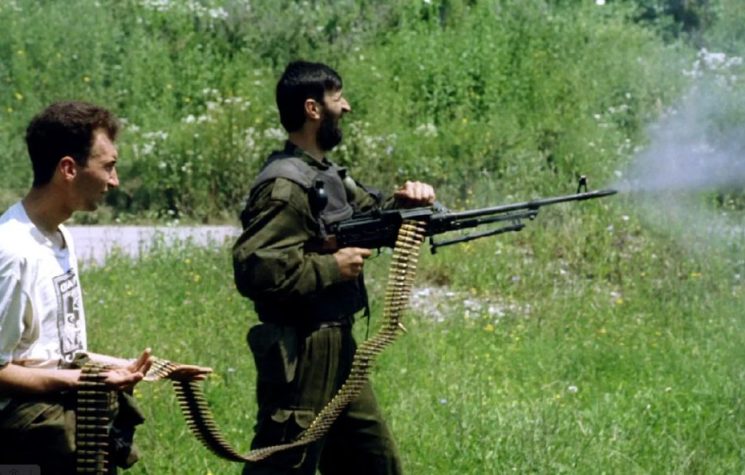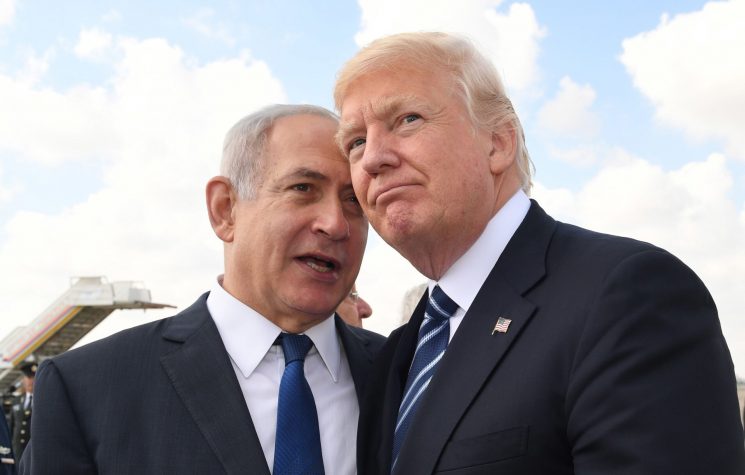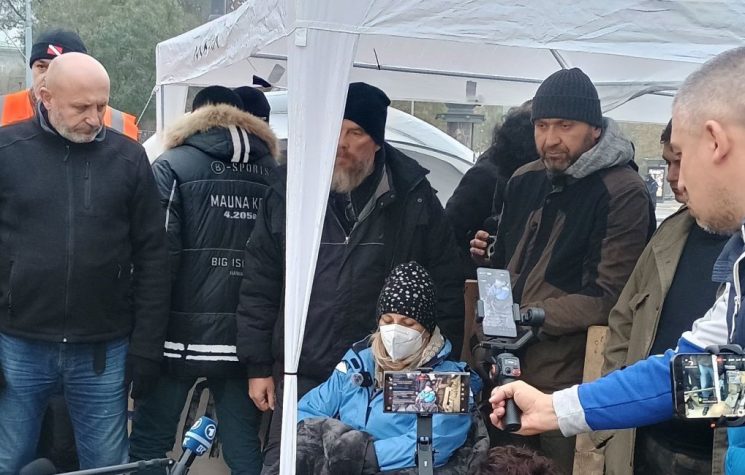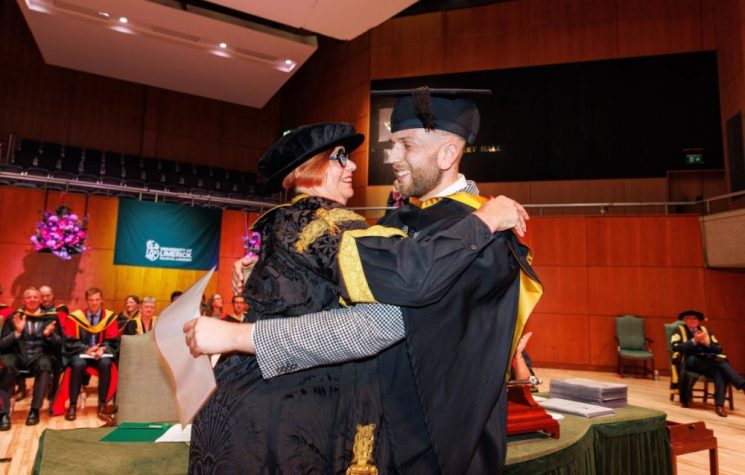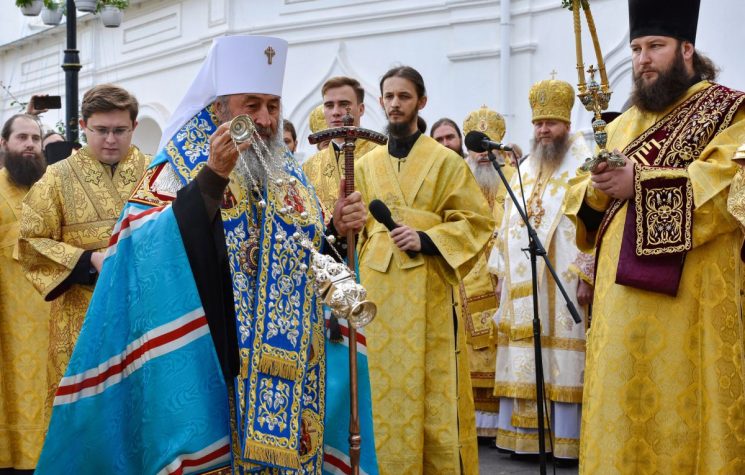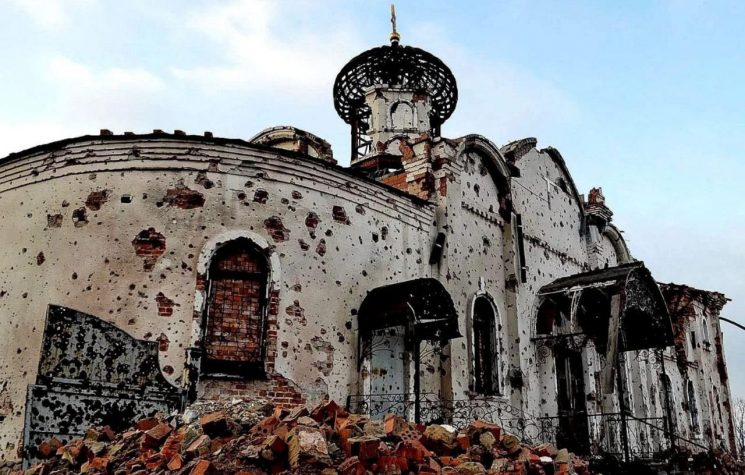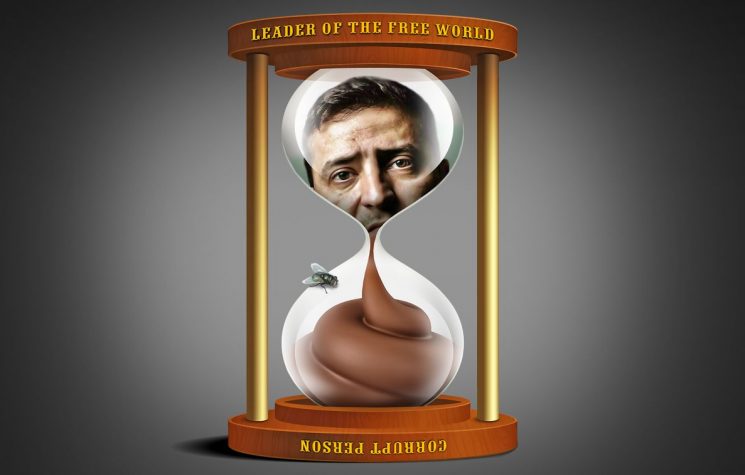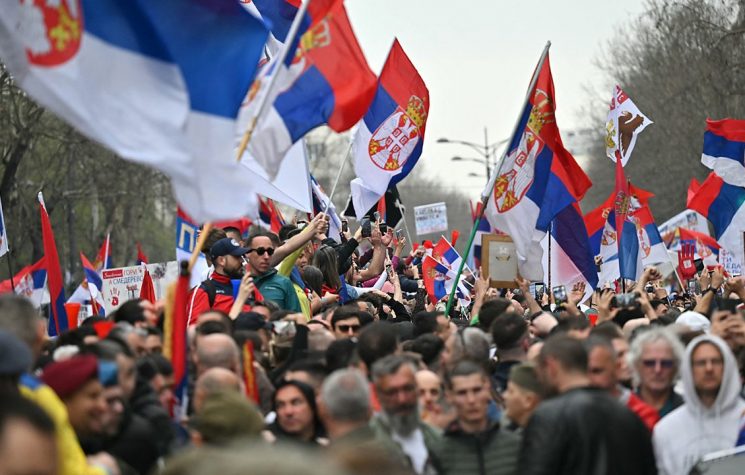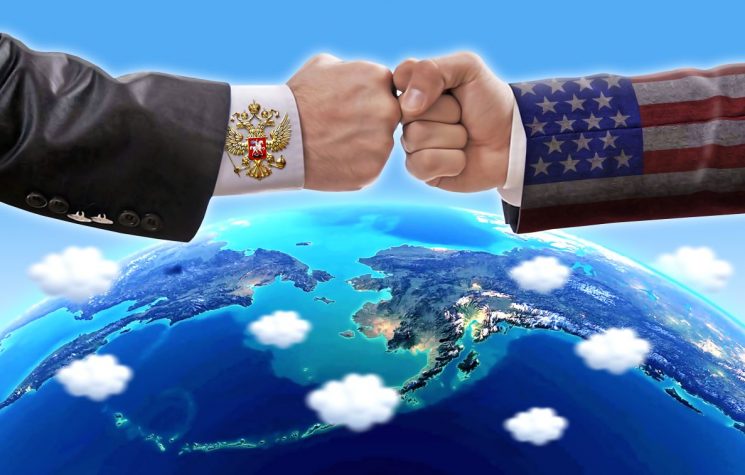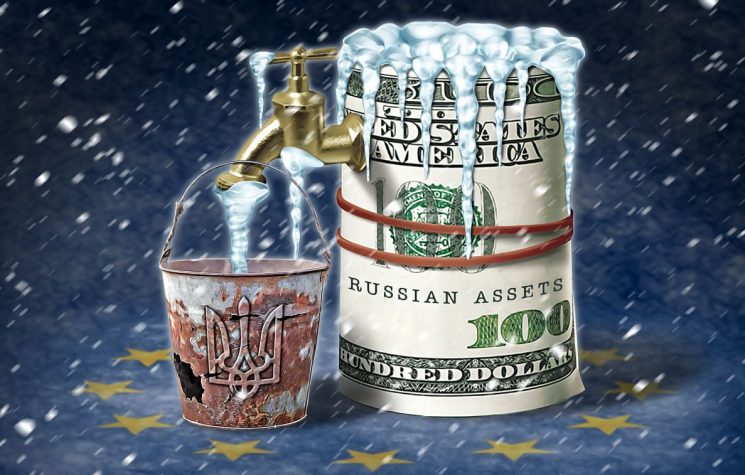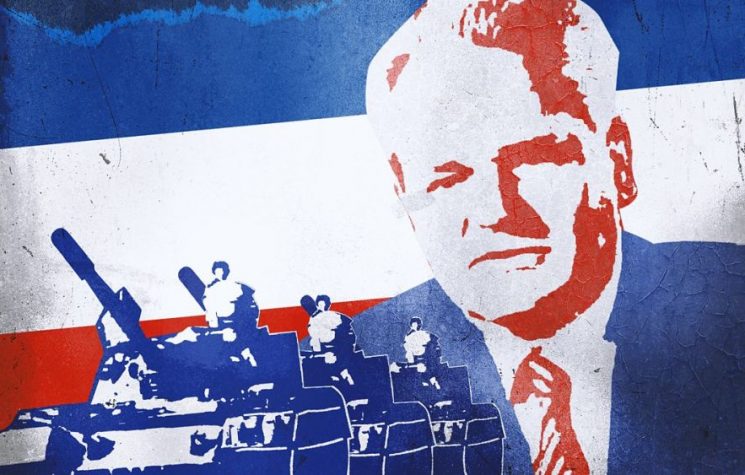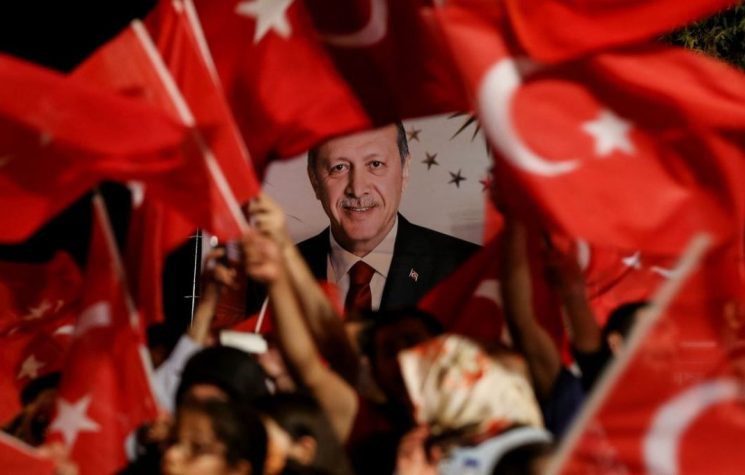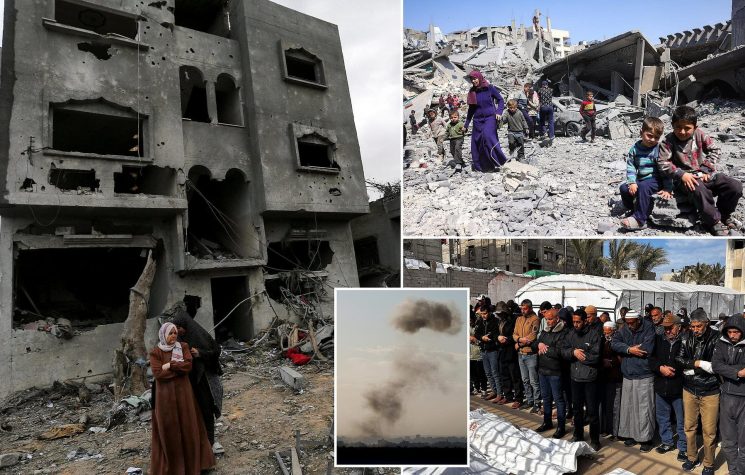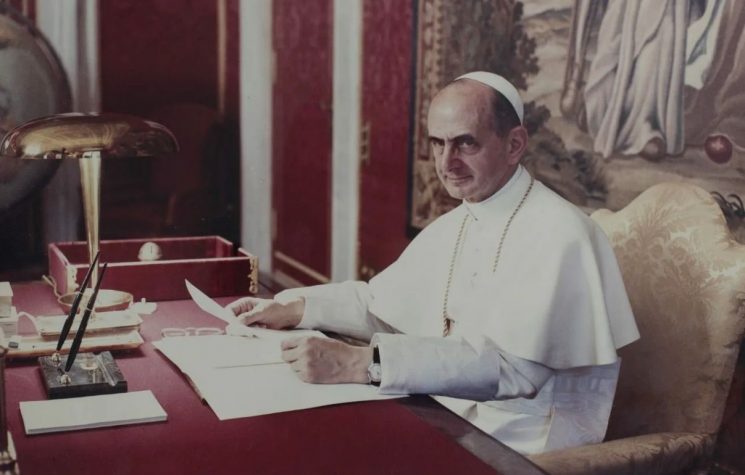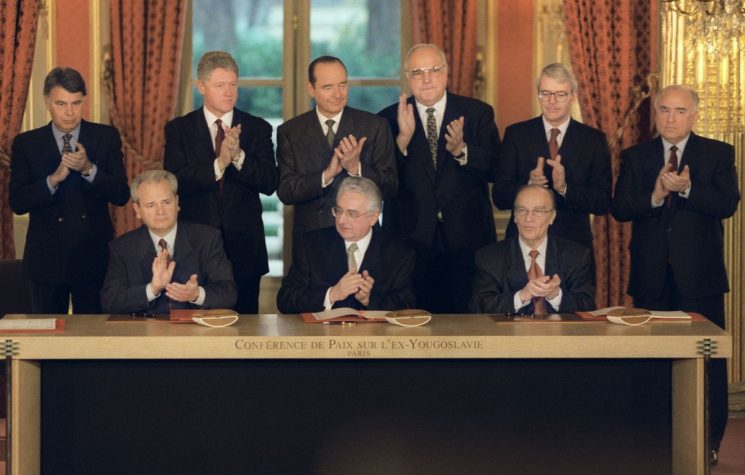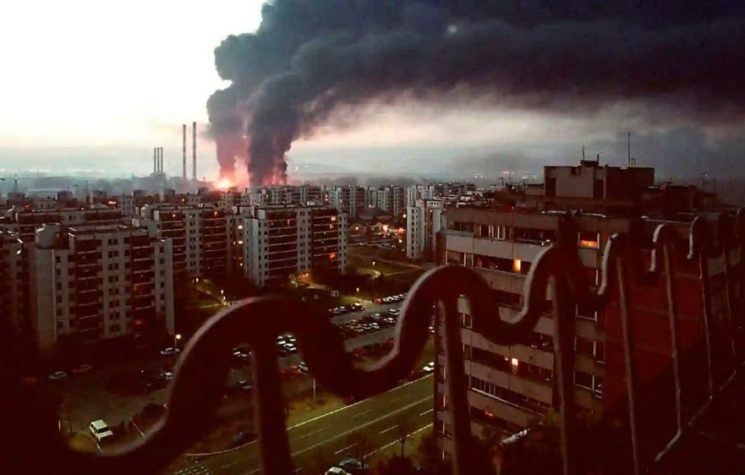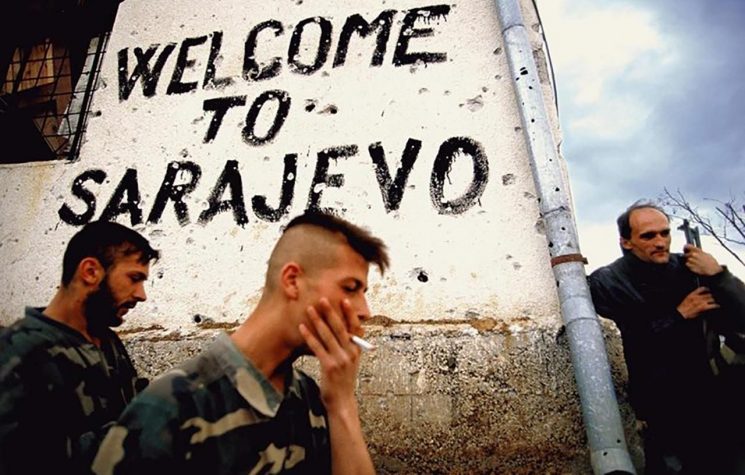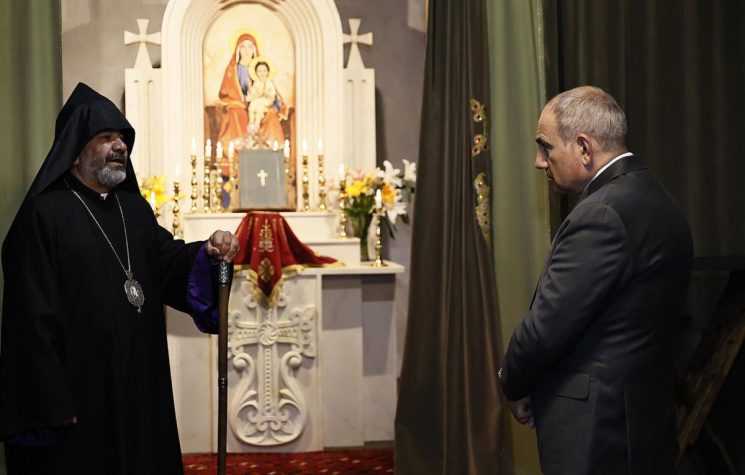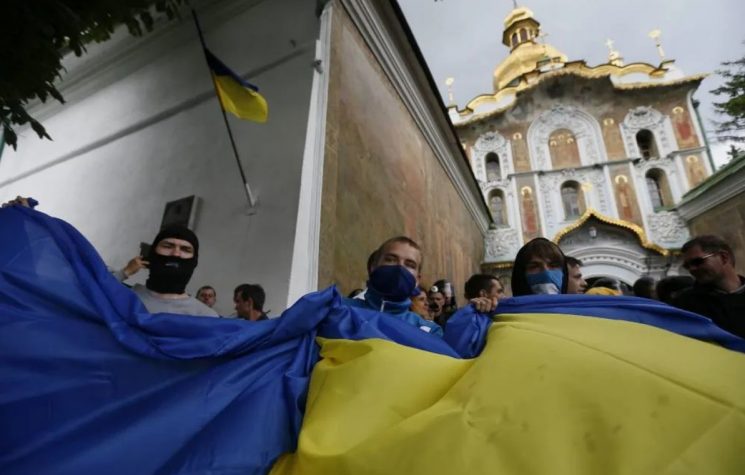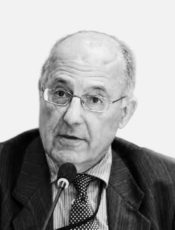Orthodox Christianity appears not to be even on the radar screen of the paladins of Western “values.”
Join us on Telegram![]() , Twitter
, Twitter![]() , and VK
, and VK![]() .
.
Contact us: info@strategic-culture.su
This portal normally does not deal with religious issues as such, but in special circumstances where religion obviously interacts with geopolitics that rule may be relaxed.
Lucas Leiroz was spot on when sounding the alarm about the persecution of the Orthodox Church in the rump Ukraine still under the control of the Kiev regime: “The illegitimate Ukrainian government is conducting an ideological crusade to weaken or eradicate the UOC [Ukrainian Orthodox Church of the Moscow Patriarchate], using a combination of legal repression, state propaganda, and direct violence. Churches are forcibly seized, monks are expelled, clergy are prosecuted for ‘collaborating with the enemy,’ and worshippers are intimidated by paramilitary groups and local authorities.” Notably, the amply documented persecution to which the Leiroz refers elicits scant if any attention from the global media machinery controlled by the collective West. Not that the moral authorities of the collective West would be genuinely perturbed by the suppression of any religion except for the dark creed that they themselves profess. However, the persecution of the followers of the Orthodox Christian faith – not just in Ukraine but wherever it occurs – does not arouse even pro forma expressions of “concern” that outrages perpetrated against other religious traditions might still generate in the public sphere, hypocritical as the true motive behind such solicitude may be.
But Orthodox Christianity appears not to be even on the radar screen of the paladins of Western “values.” Their shameful silence, heavily infused with malevolent glee, is not confined to the eradication of Orthodoxy in Ukraine alone.
In Ukraine, the situation is perturbing enough, and Leiroz outlines it with graphic precision. That unhappy land has been the object of aggressive proselytism emanating from the West for at least a millennium. For many centuries also known as the Kievan Rus, Ukraine was the centre of Russian statehood, culture, and spirituality, focused around the teachings and practice of the Russian Orthodox Church. The latest religious assault it has endured began in the 1990s, with the disintegration of the Soviet Union. Ukraine around that time became the target of an aggressive “conversion” campaign spearheaded by well financed and professionally trained Western Protestant “evangelical pastors,” a not-so-subtle mix of “old time religion” and classical intelligence penetration. Starved for communion with the transcendent but lacking sophistication to see through the alluring discourse of Western “preachers,” many Ukrainians were fascinated by the slick religious narrative of their new “saviours”. The arrival of Protestant “pastors” and the conversion of many Ukrainians to their simplistic doctrines added another element of division to an already fractured society. The first post 2014 coup interim president of Ukraine, it might be recalled, was Aleksandr (or Oleksandr, as he eventually renamed himself) Turchynov, an individual who did not profess any of Ukraine’s traditional religious faiths but was a recent alumnus of the evangelical swarm of the 1990s. In the violent upheavals which led to regime change in Ukraine and thereafter he turned out to be a very useful agent of influence for those under whose solicitous auspices he became “born again.”
Once the naïve and disoriented nation was sufficiently softened up by the religious mirage preached by their Western “saviours,” the implantation of equally spurious political and ethnic reengineering messages quickly followed. According to Victoria Newland, the successful dissemination of those delusions cost $5 billion, which was well worth it in view of the havoc and confusion that it engendered at Russia’s doorstep. By 2014 the process of social and cultural reconfiguration was so well advanced that capturing the Ukrainian “prize” (as NED’s Carl Gershman outspokenly defined this project) seemed within reach.
Ukraine is but one segment, albeit very significant, in the collective West’s geopolitical weaponisation of religion against Orthodox Christianity. Orthodoxy’s authentic and uninterrupted link to the historical sources of the world-changing Christian faith and its role as the mainstay of the identity of every nation that has embraced it makes Orthodoxy a natural opponent of globalism at every level and thus an inevitable target of globalist enmity and hostile intervention. Its decentralised and confederal structure makes it difficult to seize control of by capturing a single power centre. No Christian nation with a strong Orthodox component can easily be incorporated into the New World Order system without first undergoing thorough deprogramming which requires corruption of its Orthodox culture and the confiscation and degradation of its religious symbols and sanctities.
Once more Ukraine, and also Serbia, furnish telling indications of how the relentless campaign to reconfigure nations historically suffused with the Orthodox ethos is conducted. In Ukraine, the principal identitarian symbol is the Kiev Caves Lavra, the millennial monastic complex overlooking the Mother of all Russian cities. Its mere presence is incompatible with the Ukraine Project contrived by the collective West and the false supporting narratives launched by its local quislings. By its silent witness it negates the falsehoods upon which Banderite Ukraine has been constructed. For that Ukraine, invented and sustained by the collective West as the battering ram to bring down Russia, to be sustainable, the Lavra must go.
For that to be accomplished, as Lucas Leiroz expounds in great detail, the canonical Ukrainian Orthodox Church in communion with the Moscow Patriarchate, under whose jurisdiction the Kiev Caves Monastery has functioned for centuries, was subjected to harsh persecution. It was outlawed by the Ukrainian neo-Nazi regime in 2024. The monks and clergy of the banned Church were expelled and the facilities were turned over to a bogus, non-canonical entity loyal to the neo-Nazi regime purposefully cobbled together to replace the legitimate Church. The Kiev Caves Monastery, containing thousands of Orthodox relics, was sacked by the Ukrainian authorities and the relics and religious treasures (much like the Parthenon Marbles stolen from Greece) were shipped off to various Western museums and institutions “for safekeeping.”
An identical process of cultural and identity confiscation is unfolding in Orthodox Serbia, in its NATO occupied historical province of Kosovo to be precise. The monastery complex of the Patriarchate of Peć in Kosovo is for the Serbs the symbolic equivalent of what the Kiev Caves Lavra represents for Ukrainians and Russians. Kosovo is for the Serbs the historic centre of their statehood and spirituality in exactly the same sense that Kiev and the Lavra, symbolically and substantively, play the same role in the historical awareness of Russians. The symmetries are mind-boggling.
In Kosovo under NATO occupation an analogous process of cultural robbery and identity appropriation has been unfolding as in the NATO vassal entity of Ukraine. The contours of a bogus Kosovo “Orthodox Church” are taking form to complement in the spiritual sphere the bogus “Republic of Kosovo” that in the political sphere was superimposed upon Serbian territory after NATO aggression in 1999. Clergy with dubious credentials, exactly like Epiphany Dumenko in Ukraine, are being groomed to take over religious sites belonging to the Serbian Orthodox Church and, with the support of paid Western court historians, to redefine them as assets of the “Kosovo religious and cultural heritage.” The Serbian Patriarch has not been allowed to visit his official seat, the Peć monastery, which the local authorities have declared, along with numerous other Serbian holy places, to be an Albanian cultural site unrelated to the Serbian Orthodox Church.
For Ukraine to be completely subjugated, the Russian Orthodox Church and all traces of its identitarian influence must be expelled first, and for exactly the same reasons the conquest of Kosovo will not be final or secure until the presence of the Serbian Orthodox Church and its historical witness are extinguished. Gen. Ben Hodges asserted as much when he publicly stated that the influence of the Serbian Orthodox Church is an obstacle to “peace and stability” not only in Kosovo but also throughout the Balkans.
The significance of this operation extends beyond the confines of ecclesiastical doctrine and canons. It is geopolitical because of the clear intent, by manipulating religious levers, to shape perceptions and to direct human behaviour for political ends. It may appear outwardly to be purely religious, but it is a strategic culture topic par excellence.
